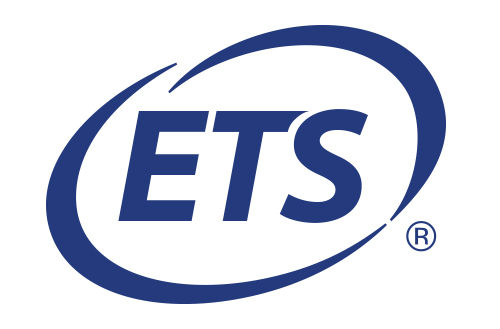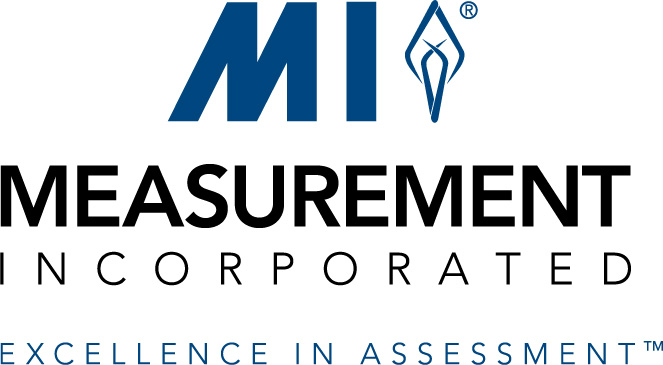ITEMS Portal
Module 20: Rule-space Methodology
5 (2 votes)
-
Register
- Learner - Free!
K. Tatsuoka's rule-space model is a statistical method for classifying examinees' test item responses into a set of attribute-mastery patterns associated with different cognitive skills. A fundamental assumption in the model resides in the idea that test items may be described by specific cognitive skills called attributes, which can include distinct procedures, skills, or processes possessed by an examinee. The rule-space model junctions by collecting and ordering information about the attributes required to solve test items and then statistically classifying examinees' test item responses into a set of attribute-mastery patterns, each one associated with a unique cognitive blueprint. The logic of Tatsuoka's rule-space model, as it applies to test development and analysis, is examined-in this module. Controversies and unresolved issues are also presented and discussed.
Keywords: attribute, attribute hierarchy, classification, cognitive diagnosis, diagnostic measurement, item response theory, IRT, rule-space methodology, Q-matrix

















